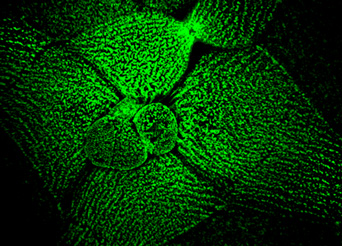 We’ve
discovered a visible marker for a possible bioelectric field system on the
surface of mollusc embryos.
We’ve
discovered a visible marker for a possible bioelectric field system on the
surface of mollusc embryos.
A knowledge of the basis of such fields may be vital in developing regenerative
procedures to correct degenerative and aging diseases, cancer and in wound
healing.
More on bioelectric fields
Plants and animals generate natural electric currents, in electromagnetic field systems, which predict and correlate with growth and patterning events.
| Water mold | Brown Alga | Flowering plants | |
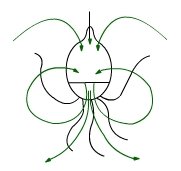 |
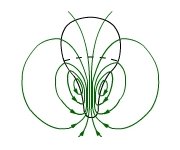 |
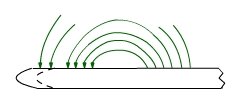 |
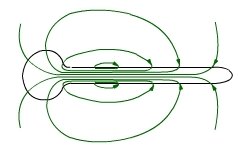 |
| Blastocladiella | Pelvetia egg | Barley root | Lilium pollen |
| Animal kingdom | |||
| Arthropods | Vertebrates | ||
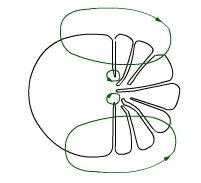 |
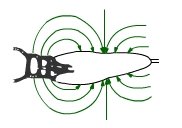 |
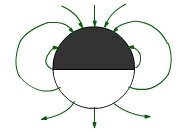 |
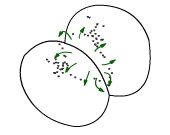 |
| Cecropia follicle | Dysdercus follicle | Frog oocyte | Cleaving frog egg |
| Transcellular ion currents ( from Nuccitelli, 1988) | |||
The surface architecture pattern we have discovered on mollusc embryos correlates with:
- the underlying mitotic spindle and cytoskeletal network
- which is disrupted with an applied magnetic field.
This suggests that there may be bioelectromagnetic field aspects involved in governing the pattern.
Our aim is to discover the role such fields may play in stimulating “healing” morphogenetic pathways, with prospects of facilitating these pathways when they are impaired or dormant.
How is the genotype transformed into the phenotype?
This is still an unsolved problem! Various authors acknowledge this. For instance,
“The crucial link between the patterning genes and the actual limb-shaping processes is not established” (Towers and Tickle, 2009).
“There is an “enormous gap between the genotype and phenotype, unbridged even in single cell morphogenesis” (Gordon and Parkinson, 2005).
Such medical applications suggest that “deciphering and learning to control shape is thus arguably the fundamental problem of biology and medicine" (Levin, 2012b).
In addition to bioelectromagnetic studies, to probe this question we are investigating taxonomic types empirically determined by hybridization data.
The identification of these types can be of crucial significance in discovering how form is generated. This in turn is fundamental to development of regenerative strategies in medicine.
References
Gordon, R. and Parkinson, J. (2005). Potential roles for diatomists in
nanotechnology. J. Nanosci. Nanotech 5: 35-40
Levin, M., 2012. Morphogenetic fields in embryogenesis, regeneration, and
cancer: Non-local control of complex patterning. Biosystems doi:10.1016/j.biosystems.2012.04.005
Nuccitelli, R (1988). Physiological electric fields can influence cell motility,
growth and polarity. Adv. Cell Biol. 2:213-232.
Towers, M. and Tickle, C. (2009). Generation of pattern and form in the
developing limb. Int. J. Dev. Biol. 53: 805-812 doi: 10.1387/ijdb.072499mt
Tyler SE, Kimber SJ. (2006). The dynamic nature of mollusc egg surface architecture
and its relation to the microtubule network. Int. J. Dev. Biol. 50(4), 405-12
Tyler SE, Butler RD, Kimber SJ. (1998). Morphological evidence for a morphogenetic
field in gastropod mollusc eggs. Int. J. Dev. Biol. 42(1), 79-85